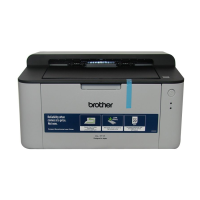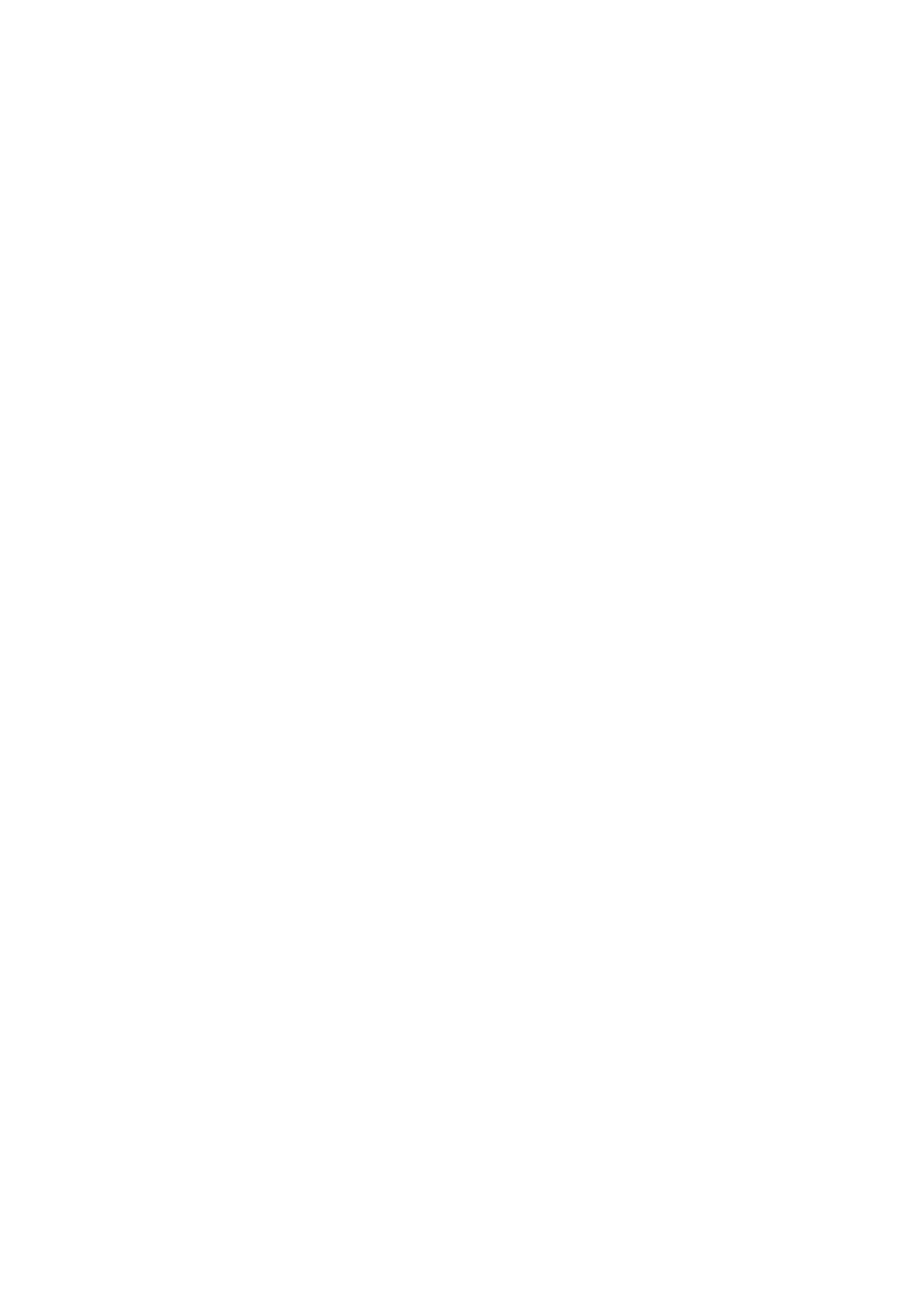CHAPTER 5 PJL - 57
7. STATUS READBACK COMMANDS
7.1. Introduction
Applications can request, by sending a PJL command to the printer, information such as the configuration
and status of the printer. The printer can be programmed to send back this information when requested and
also can send back voluntarily unsolicited information of its status such as cover open, off-line state, toner
empty, displayed prompt message on the LCD and other necessary information.
PJL Status Readback will help you to program the application to appropriately set the printer settings.
In this chapter, you can learn how to use PJL Status Readback in programming an application. The
following Status Readback Commands are described :
INQUIRE ... requests the information of the specified PJL Default setting (PJL Current Environment) set by
@PJL SET or @PJL RESET command
DINQUIRE ... requests the information of the specified User Default setting (User Default Environment) set
by @PJL DEFAULT or @PJL INITIALIZE command or control panel
ECHO ... request the printer to send back to the host computer a comment for the purpose of
synchronization with each other in order to start communication
INFO ... requests a specified category of information from the printer
USTATUS ... gives the printer permission to send back unsolicited information.
USTATUSOFF ... turns off all unsolicited status information set by USTATUS
Job Recovery is also described in this chapter.
7.1.1. Synchronization with the printer
The printer sends the status responses to the same I/O port as it received the request from. Therefore, in a
shared or network environment, if the I/O port was used by another user and the printer is still processing the
previous job, the printer may send a response of the status of the previous user's job against the request from
the current application. In order to make sure that an application can receive correct responses for its
request, it must synchronize itself with the printer by sending the ECHO command so as to be assured that
the printer is ready for communication to you.
7.1.2. Basic format of status readback responses
The printer sends its status information to the host computer in the following format :
starts with the @PJL prefix
ends with a <FF> character
All the data is in a readable ASCII format.
Each line in the PJL status responses is in the following format :
starts with a specific keyword
ends with <CR><LF>
For example, the readback response against the @PJL DINQUIRE is :
@PJL DINQUIRE [LPARM : personality] variable<CR><LF>
value<CR><LF>
<FF>
The application must read all the data between the @PJL and <CR><LF> codes. If the application can not
understand the meaning of the lines, it must ignore them. Future printers may send currently unused
keywords.
Refer to each command description to learn about the format of responses from the printer.

